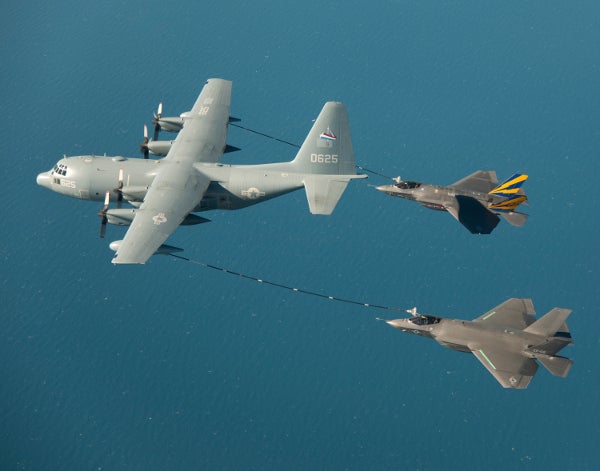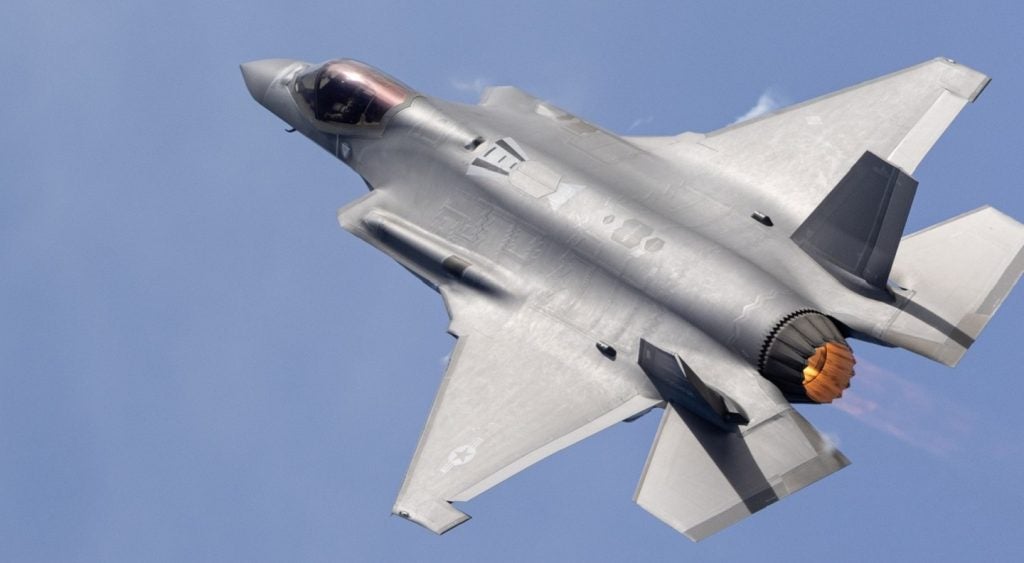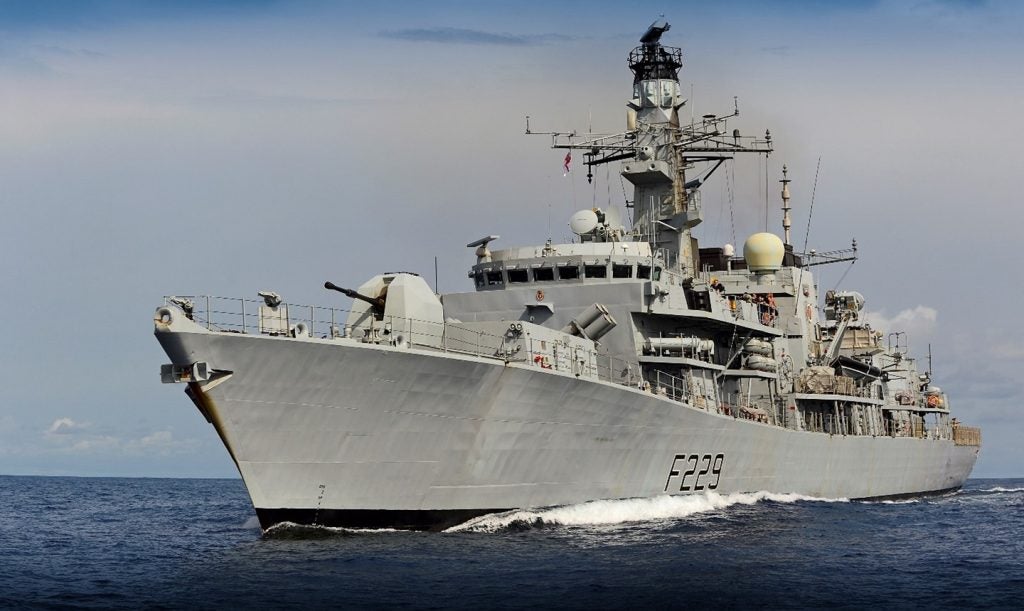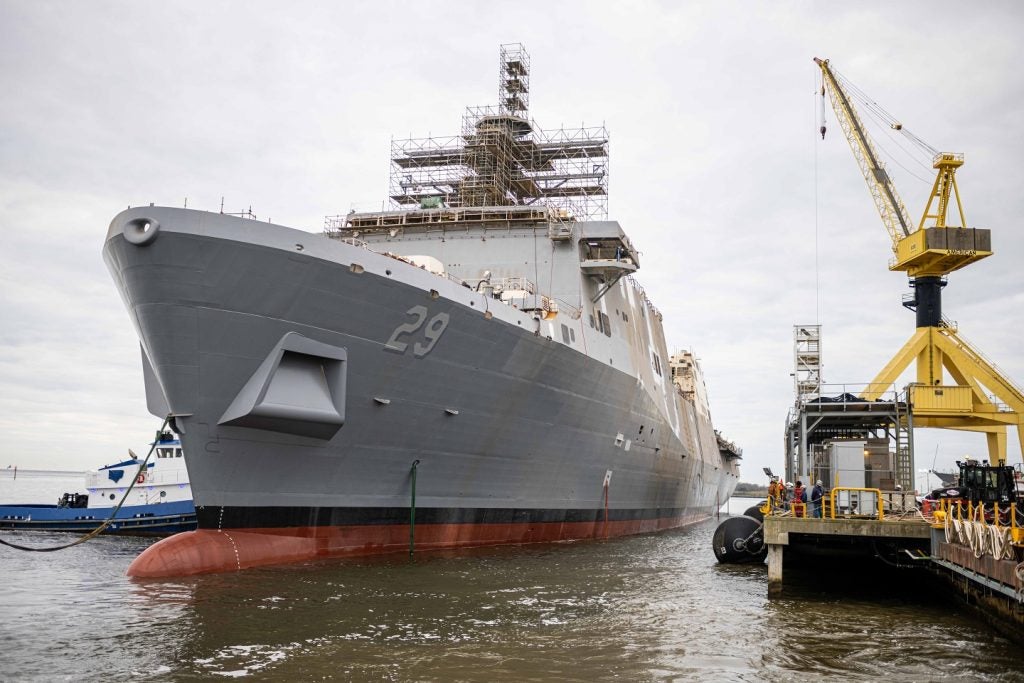
The US Navy’s two Lockheed Martin-built F-35C Lightning II carrier variant (CV) test aircraft have successfully completed in-flight dual refuelling testing at Naval Air Station Patuxent River, Maryland, US.
During the tests, the two aircraft, CF-1 and CF-2, were refuelled at the same time with a Lockheed Martin-developed KC-130 Hercules aircraft, marking a milestone as part of an F-35 flight test programme.
The stealthy, supersonic multi-role F-35 Joint Strike Fighter (JSF) is currently under development by Lockheed and has been undergoing flight tests since late 2006.
The aircraft is also being developed in two other variants, conventional takeoff and landing (CTOL) variant for the US Air Force, and a short takeoff and vertical landing (STOVL) aircraft for the US Marine Corps and the UK Royal Navy.
How well do you really know your competitors?
Access the most comprehensive Company Profiles on the market, powered by GlobalData. Save hours of research. Gain competitive edge.

Thank you!
Your download email will arrive shortly
Not ready to buy yet? Download a free sample
We are confident about the unique quality of our Company Profiles. However, we want you to make the most beneficial decision for your business, so we offer a free sample that you can download by submitting the below form
By GlobalDataPowered by a single Pratt & Whitney F135 turbofan engine, the F-35C can fly at a maximum speed of 1,960km/h and can be launched through steam catapult and recovered by using tailhook arrestor.
Armed with a 25mm GAU-22A series cannon, the F-35C aircraft will be integrated with an AIM-120 AMRAAM medium-range air-to-air missile, air-to-surface guided missiles, two GBU-31 JDAM guided bombs, eight GBU-38 bombs and munitions dispensers.
In December 2012, the US Navy’s CV-2 aircraft successfully completed initial pit drop testing, marking successful conclusion of ground weapons ejection test series for the variant.
The first CV aircraft is scheduled to be delivered later this year to join an F-35 pilot and maintainer training programmes and is likely to be operational in 2015.
The programme is expected to achieve more than 1,000 flights in 2013.
Image: US Navy’s CF-1 and CF-2 aircraft undergoing dual air refilling testing. Photo: courtesy of Andy Wolfe.






